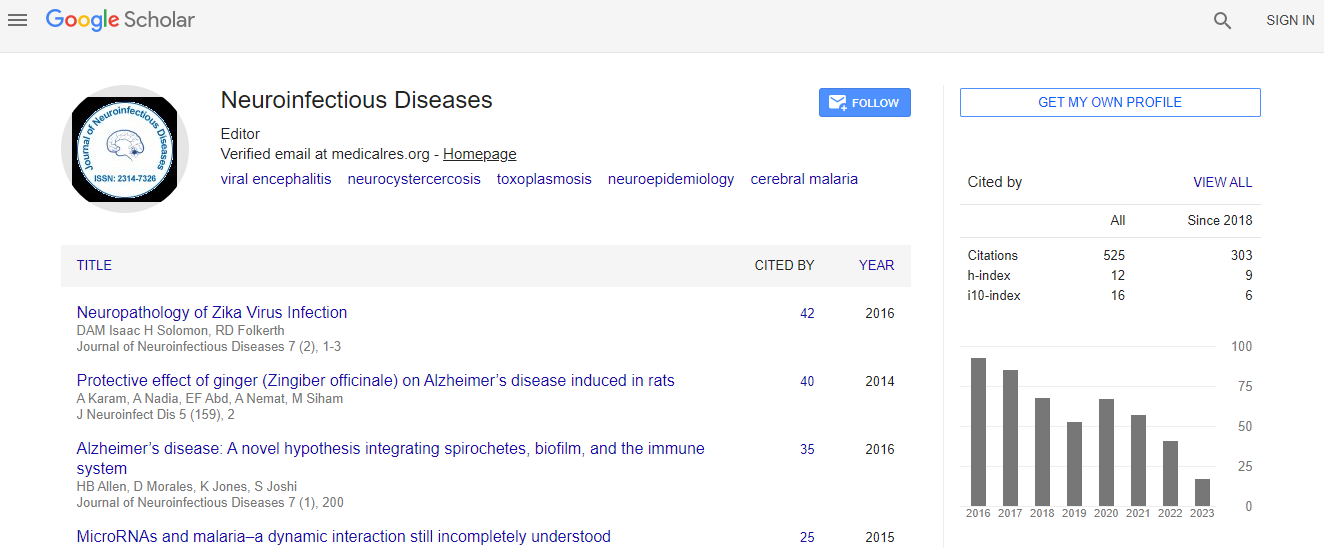Review Article
Neuropathology of Zika Virus Infection
Isaac H Solomon, Danny A Milner and Rebecca D Folkerth*Department of Pathology, Brigham and Women’s Hospital, Boston, USA
- *Corresponding Author:
- Rebecca D Folkerth
Department of Pathology
Brigham and Women’s Hospital, 75 Francis Street
Boston, MA 02115, USA
Tel: +16177325500
E-mail: rfolkerth@partners.org
Received date: June 02, 2016; Accepted date: June 20, 2016; Published date: June 23, 2016
Citation: Solomon IH, Milner DA, Folkerth RD (2016) Neuropathology of Zika Virus Infection. J Neuroinfect Dis 7:220. doi: 10.4172/2314-7326.1000220
Copyright: © 2016 Solomon IH, et al. This is an open-access article distributed under the terms of the Creative Commons Attribution License, which permits unrestricted use, distribution, and reproduction in any medium, provided the original author and source are credited.
Abstract
Zika virus (ZIKV) is a member of the Flaviviridae family that had been associated only with mild disease prior to the 2015 outbreak in Brazil. A dramatic increase in reported cases of microcephaly and Guillain-Barré syndrome during this time prompted significant research into possible associations with ZIKV and its neurotropic properties. Infection of neural progenitor cells and organoids have been shown to induce apoptosis and dysregulation of growth, and mouse studies have demonstrated viral replication in brain tissue in adults, as well as vertical transmission resulting in embryonic brain abnormalities. Large case series of clinical and radiological findings of congenital ZIKV infection have begun to be published; however, pathology reports have been limited to two case reports and two small case series. Thus far, the findings have largely been restricted to the brain and include diffuse grey and white matter involvement consisting of dystrophic calcifications, gliosis, microglial nodules, neuronophagia, and scattered lymphocytes. Mild chronic villitis was observed in the placental tissue in some cases, and the remaining organs were essentially uninvolved. Larger, systematic studies, including correlation of histological findings with gestational age at the time of maternal infection, will be required to determine the full range of Zika virus-induced abnormalities and to help guide future clinical decision making.

 Spanish
Spanish  Chinese
Chinese  Russian
Russian  German
German  French
French  Japanese
Japanese  Portuguese
Portuguese  Hindi
Hindi 
